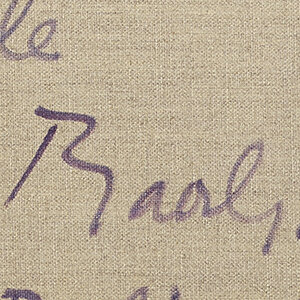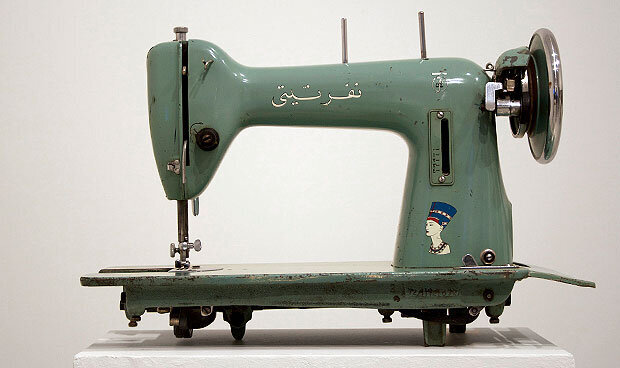


Last updated on Sat 17 November, 2012


TEA WITH NEFERTITI
17 November 2012 – 31 March 2013
Mathaf
Through revisiting the contested histories of how Egyptian collections have been amassed by numerous museums from the 19th century onwards, Tea with Nefertiti explores the mechanisms by which artworks come to acquire a range of meanings and functions that can embody a number of diverse, and at times conflicting narratives. The exhibition is concerned with the critique of museology, the staging of the artwork, the writing of art-historical narratives and the employment of mechanisms of visual and literary display as a means of forming, informing and framing cultural otherness.
Curated by Sam Bardaouil and Till Fellrath of Art Reoriented, Tea with Nefertiti is organized along three thematic chapters that reflect on the process of appropriation, de-contextualization and re-semanticisation that an artwork undergoes as it travels through time and place. In doing so, it unpacks the complex relationships that exist between such artworks, the artists who first made them, and the institutions that exhibited them.
Tea with Nefertiti is constructed around a series of juxtapositions and groupings of historic, modern and mainly contemporary artworks and documents. This is intended as a gesture towards breaking away from more familiar museum classifications that have been conventionally based on geography, periods and/or styles. Through adopting this model, the exhibition attempts to put forward a notion of art history informed by a network of complex nodes, both historical and current, rather than the reductive and binary notions largely adopted in the construction of the art historical canon, specifically from the modernist period onwards.
Tea with Nefertiti is a reflection of a curatorial desire to challenge the mechanisms of display through which the artwork is conventionally presented. It invites people to become more critical of how they look at exhibitions in general. It also seeks to propose alternative paradigms for art historical construction that transcend the confines of geo-temporal linearity. These constructs are conceived as pointers to an ongoing process of cultural transfer, of appropriation and negotiation that exists beyond the parameters of a much-contested historiography.
Join us in our endless discovery of modern and contemporary Arab art